This week the World Customs Organization (WCO) together with the host Uganda Revenue Authority (URA) organized the 4th Global AEO Conference in Kampala, Uganda – following Seuol 2012, Madrid 2014 and Cancun 2016.
More than 1100 decision makers and experts, Government and Private Sector, from all around the world (95 countries) joined for three days to discuss Authorized Economic Operator (AEO) and Trusted Trader Programmes (TTP) as well as Mutual Recognition of these programmes.
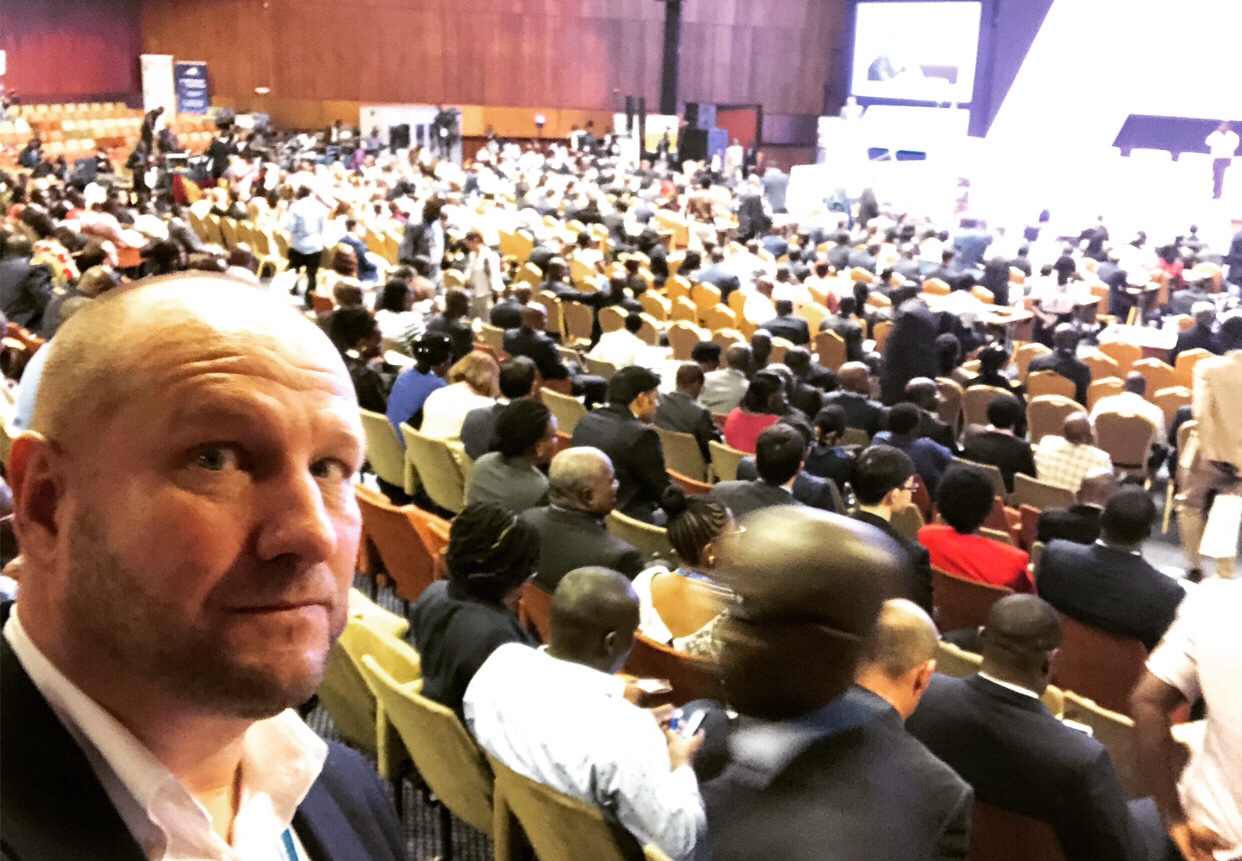 Great crowd of 1100 plus attending the event
Great crowd of 1100 plus attending the event
The conference had high level participants from 95 countries, leaders and expert gathered to discuss the future of AEO, MRA and Trusted Trader Programmes.
The conference was opened by the President of Uganda, H.E. Yoweri Kaguta Museveni.
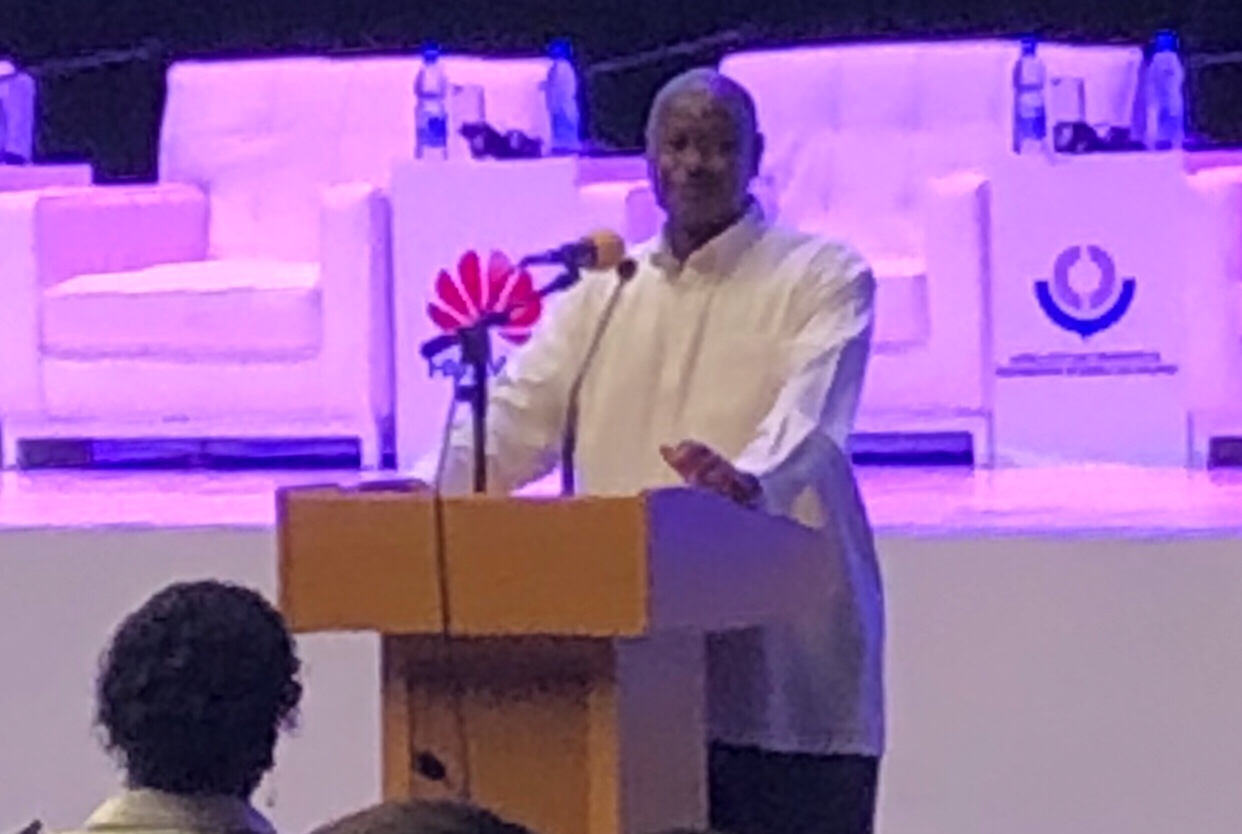 H.E. Yoweri Kaguta Museveni, President of Uganda, opening the 2018 Global WCO AEO Conference in Kampala.
H.E. Yoweri Kaguta Museveni, President of Uganda, opening the 2018 Global WCO AEO Conference in Kampala.
This was in my mind the best Global WCO AEO Conference arranged so far with an excellent agenda and programme.
The panels was of a high quality level and many of the workshops were excellent. There is no doubt that AEO, MRA and TTP now has taken off globally.
The new elements discussed were areas like;
- new programmes,
- broadening of programmes to include more stakeholders of the supply chain (like Freezones),
- new types of system and software support for AEO/TTP managment (both for Governments and Private Sector),
- Single Window – AEO/TTP integration,
- AEO SME initiatives,
- movement from focus on accreditation/validation to monitoring /management, new types of benefits,
- the importance of measurement and KPIs for benefits, and
- development of regional AEL programmes, and
- The experience of new integrated programmes using coordinated border management (CBM) to create a Single Government AEO status.
For me the last element ‘Single Government AEO programmes’, where Single Window and AEO are merged to an integrated AEO programme covering all border agencies – is maybe the most interesting topic.
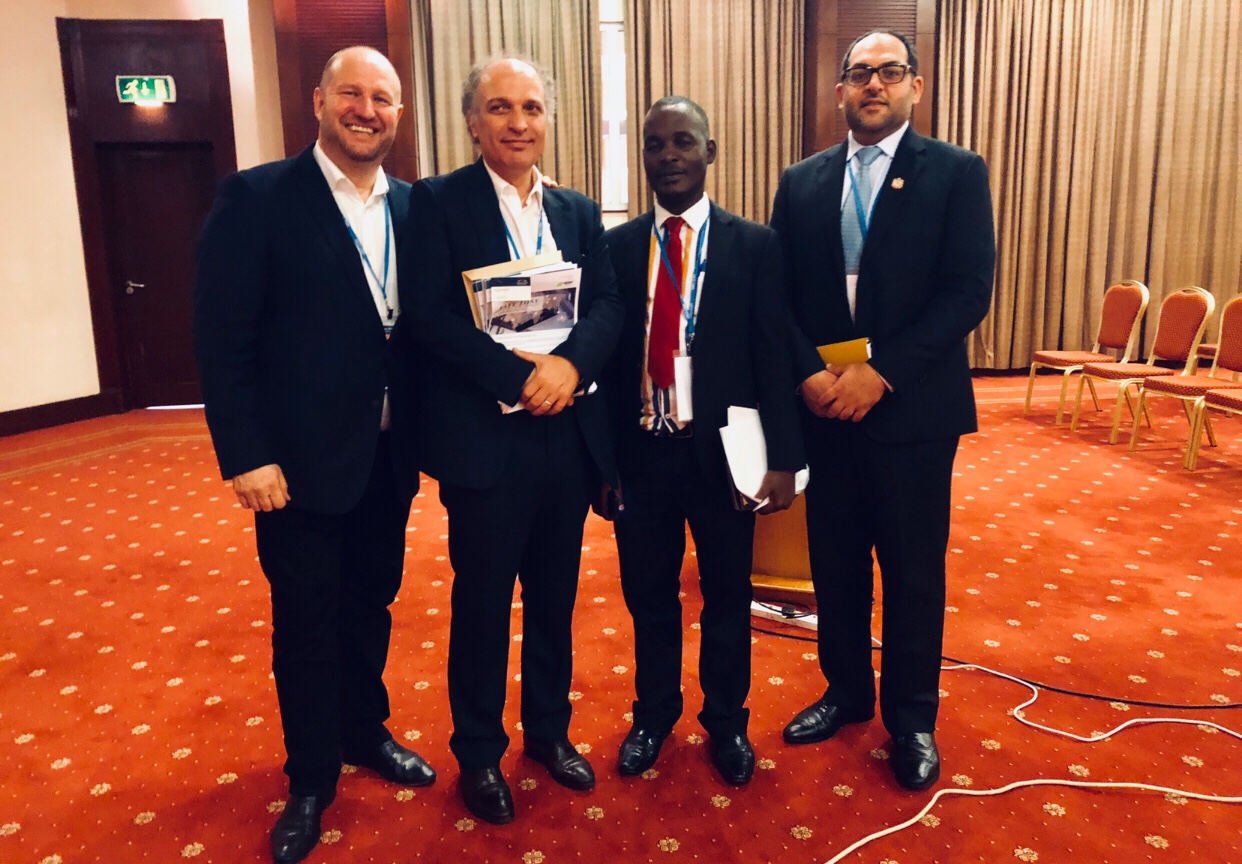 After our workshop on ‘Safe,Safer – The SafeZone Concept for FreeZones”
After our workshop on ‘Safe,Safer – The SafeZone Concept for FreeZones”
In one of my four speeches during the event I presented the latest research in the area of AEO/MRA and TTP. In the PhD work I have identified 4 new AEO megatrends:
1. Regional AEOs/TTPs
2. Border Agency Coordination – Single Government AEO Status
3. SupplyChain coverage
4. Bilateral Mutual Recognition Agreements (MRAs)
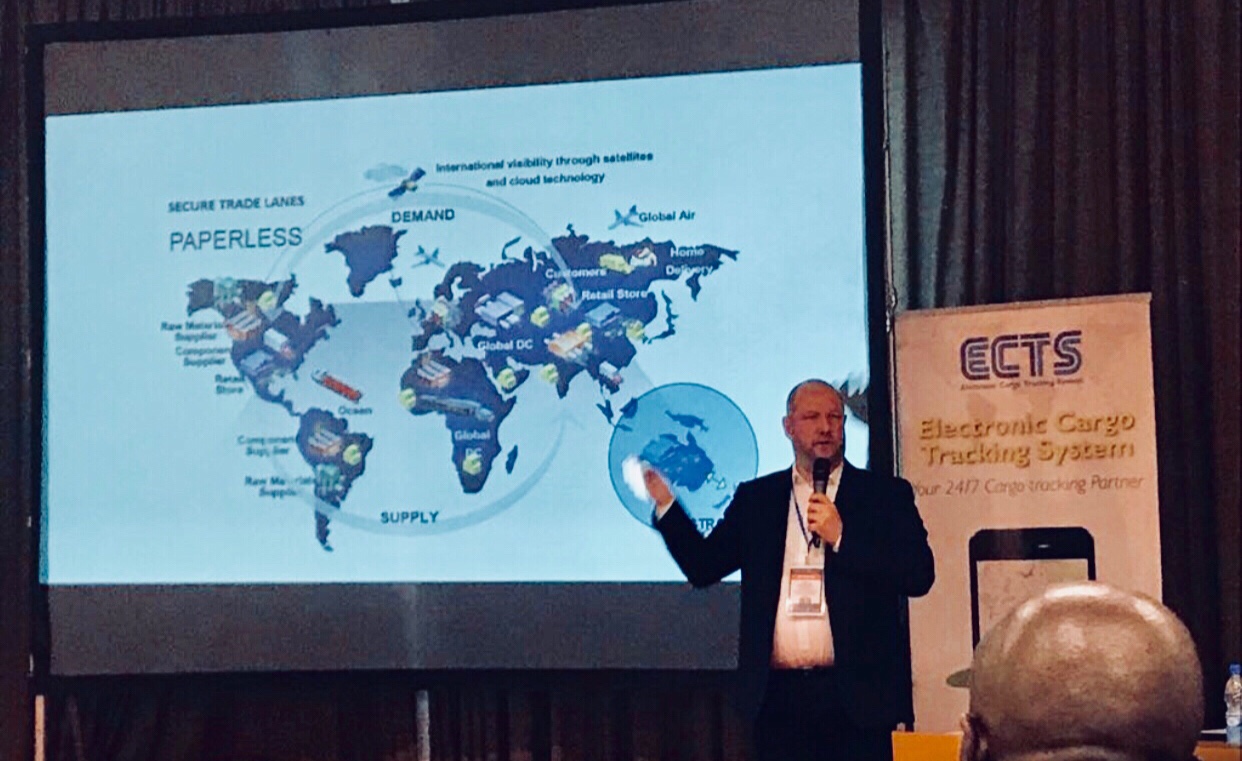 Delivering a workshop on AEO/MRA/TTP global trends
Delivering a workshop on AEO/MRA/TTP global trends
My three words summary of the 4th Global WCO AEO Conference: development, innovation and progress.
It was special to have the event in Africa and there could be no better place to organize a Global AEO conference than in Kampala. Uganda has one of the best AEO programmes on the continent and it can be compared with any programme globally.
The Uganda AEO programme has been developed under the leadership of URA Customs Commissioner, Dicksons Kateshumbwa. Katesh is pioneer for AEO in Africa. He was also the host of the AEO Conference.
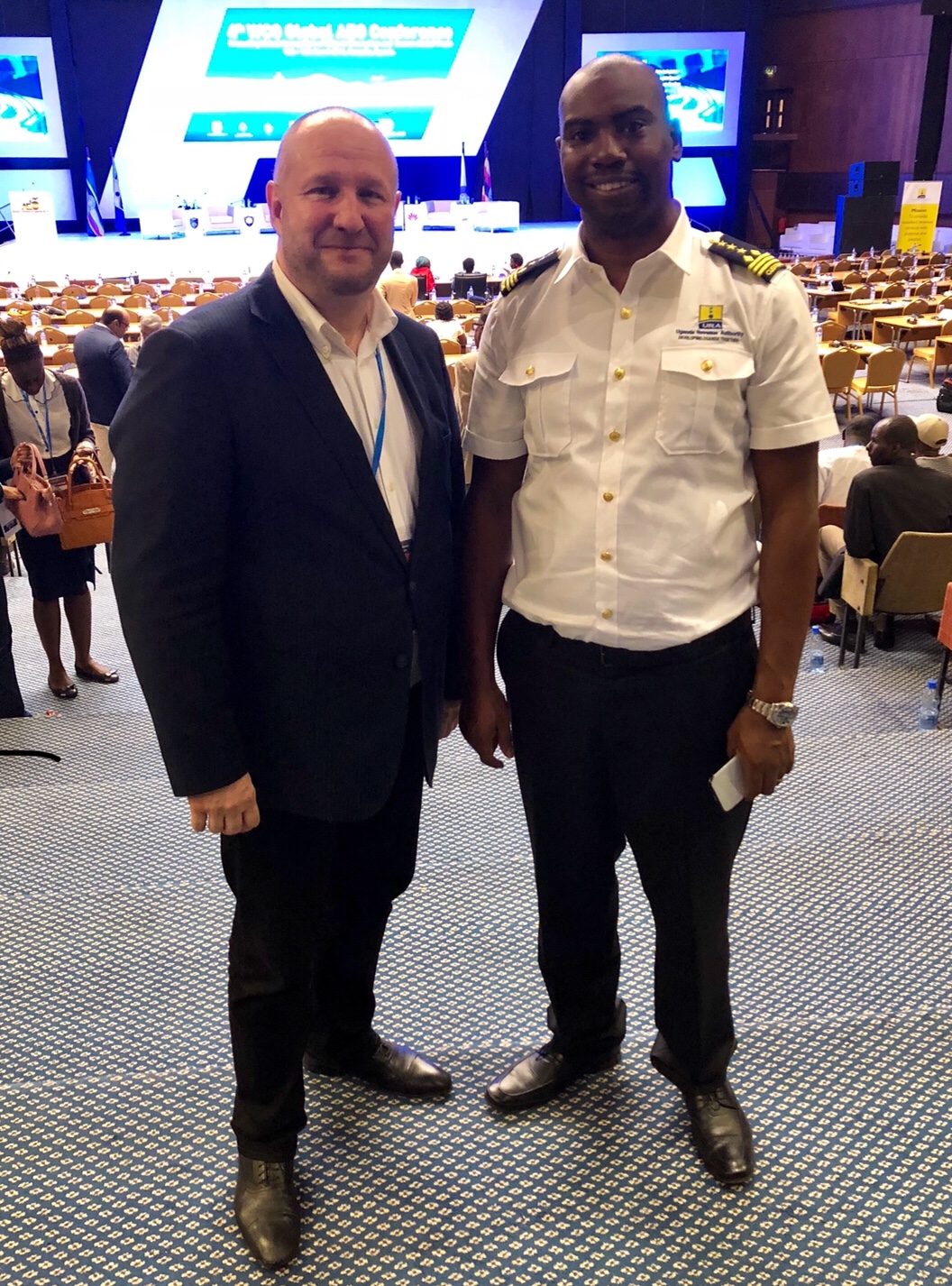 With Uganda Customs Commissioner Dicksons ‘Katesh’ Kateshumbwa, an old friend of mine
With Uganda Customs Commissioner Dicksons ‘Katesh’ Kateshumbwa, an old friend of mine
In addition East African Community (EAC) has, with help from WCO and Swedish International Development and Cooperation Agency (SIDA), developed an excellent regional AEO programme. I was a part of starting this process once during my years as WCO Director Capacity Building. To se it now fully operational and constantly developing is amazing. EAC signed during the Conference an AEO MRA with Korea.
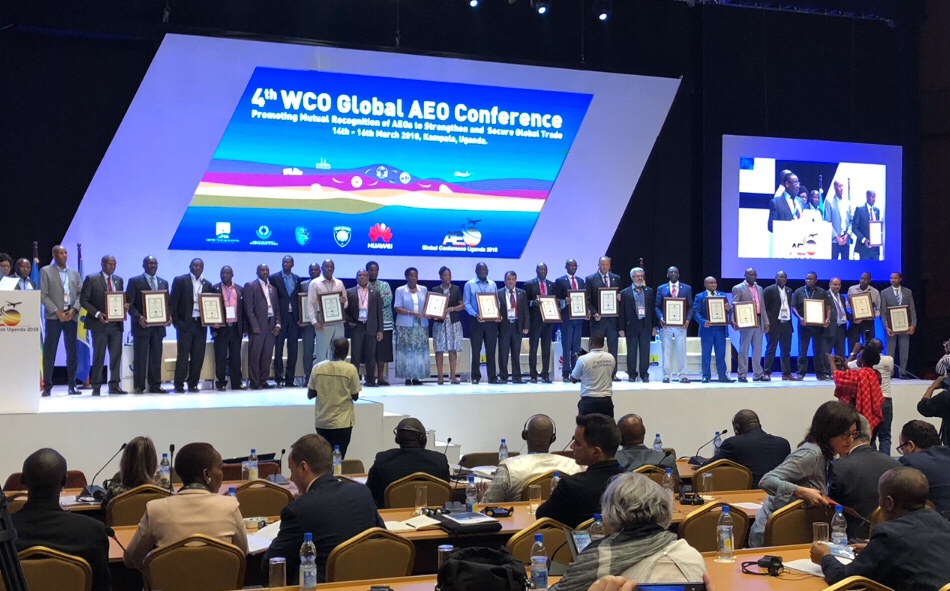
EAC AEO certified companies on the main stage
15 East African Community companies received their certifications for the East African Community (EAC) regional AEO programme. A landmark for a great AEO programme in Africa.
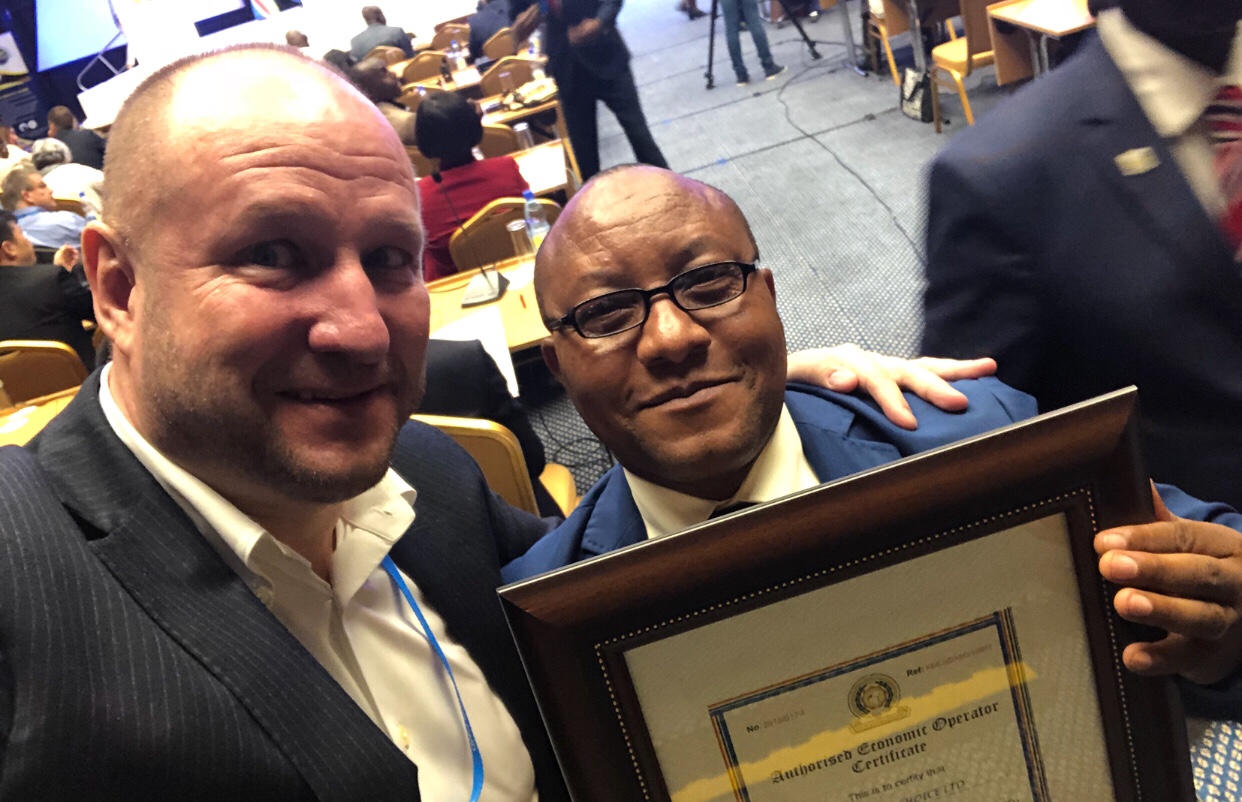 With one of the newly certified companies, Farmers Choice Ltd from Kenya. Congrats!
With one of the newly certified companies, Farmers Choice Ltd from Kenya. Congrats!
We in KGH were sponsors of the event and we had a stand at the Exhibition. We also delivered three workshops and I participated in the final debate on the Future of AEO, TTP and MRA.
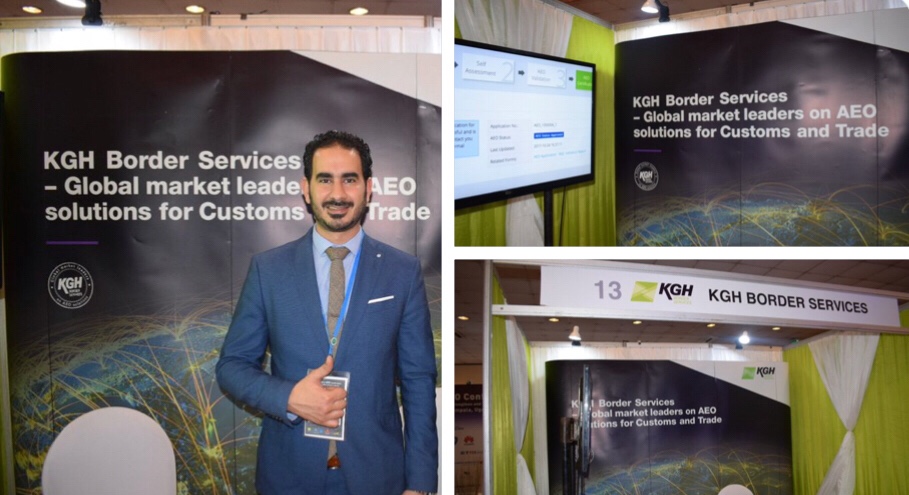 Here one of our experts, Mr. Mohamed Raafat from our Dubai Office
Here one of our experts, Mr. Mohamed Raafat from our Dubai Office
KGH is the global market leader on AEO-MRA/TTP and we have worked with more than 40 of the AEO/TTP programmes that exists today. We have the last years designed, developed and implemented ten programmes and we are for the moment working with eight different countries.
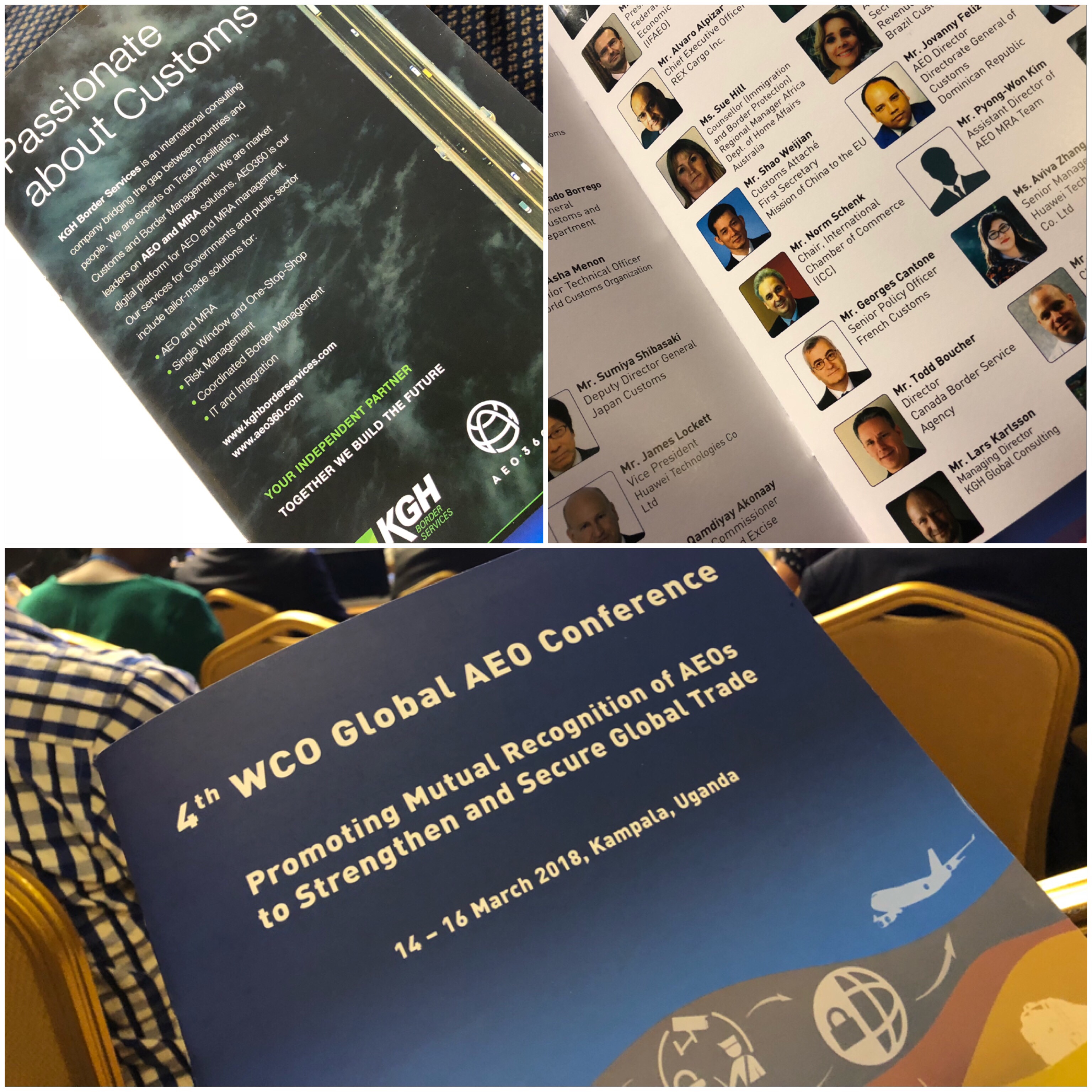 KGH – Global Market Leader on AEO, MRA and Trusted Trader Programmes
KGH – Global Market Leader on AEO, MRA and Trusted Trader Programmes
The next Global WCO AEO Conference was announced during the event and it will held in United Arab Emirates (UAE) in 2020.
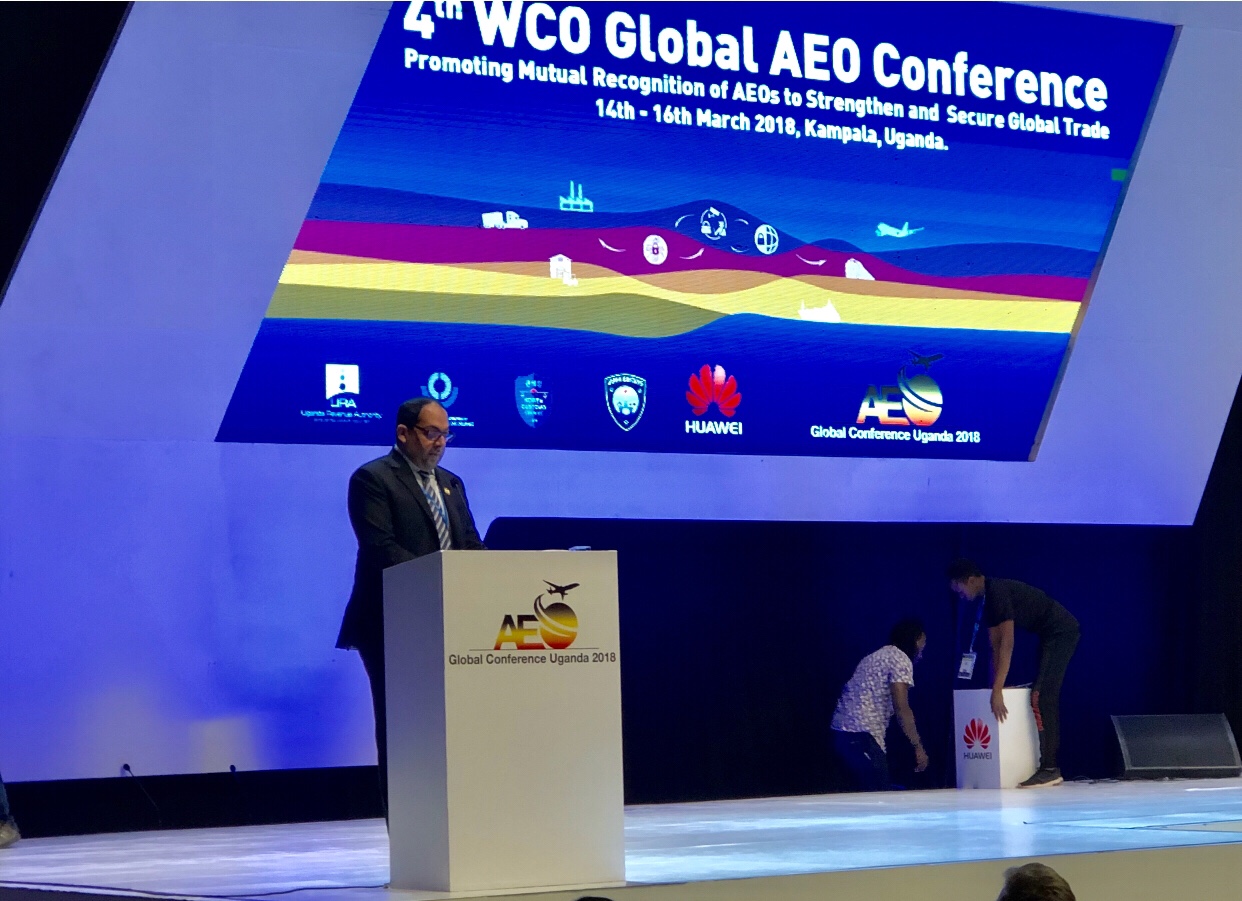 Suoud Al Agroobi, Head of International Affairs of UAE Federal Customs Authority announces that they are hosting the Global AEO Conference in The United Arab Emirates.
Suoud Al Agroobi, Head of International Affairs of UAE Federal Customs Authority announces that they are hosting the Global AEO Conference in The United Arab Emirates.
The organization of the conference was excellent, absolutely top class. The arrangements and hospitality from our hosts Uganda Revenue Authority was indeed outstanding. Thank you URA!
During the event I met hundreds of colleagues and friends from all around the world.
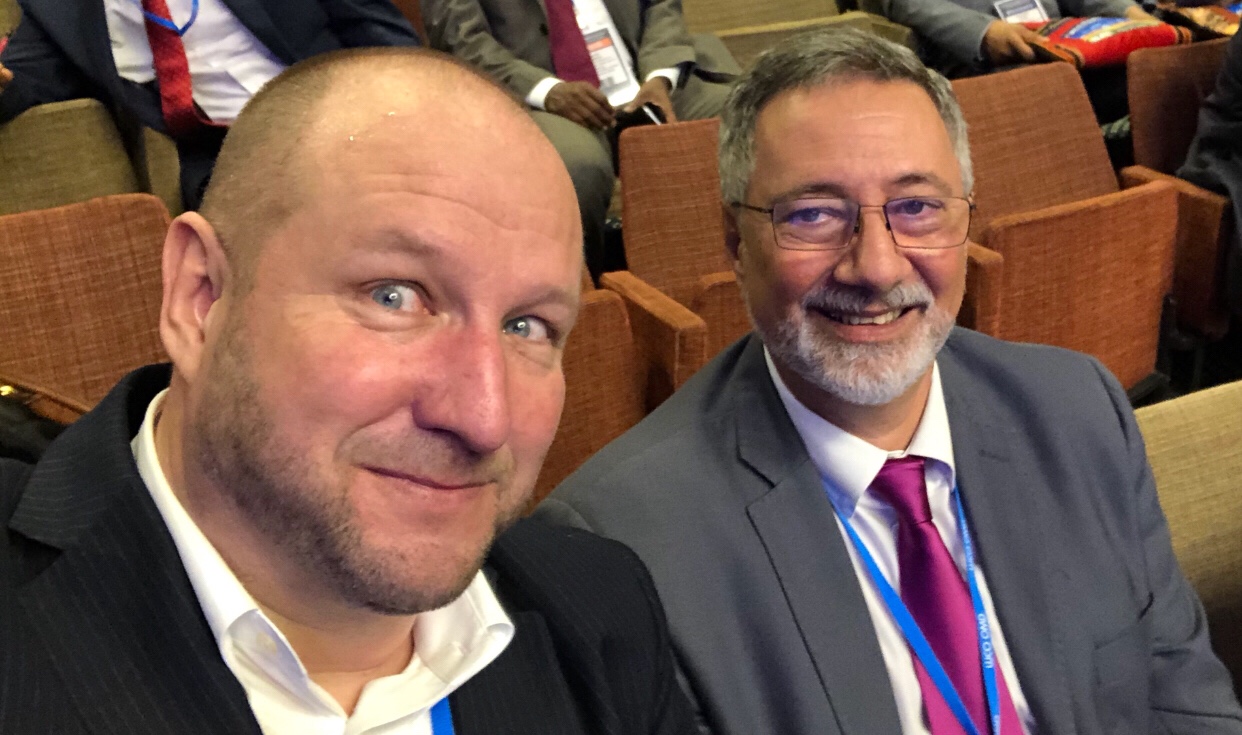 With the Chairperson of the World Customs Organization (WCO), Dr. Enrique Canon, Enrique is also the Director of Customs in Uruguayo
With the Chairperson of the World Customs Organization (WCO), Dr. Enrique Canon, Enrique is also the Director of Customs in Uruguayo
Finally I want to send my gratitude to the WCO and to Uganda Revenue Authority (URA) for organizing this wonderful event. The conference took AEO – which is also one of the pillars of the WTO Trade Facilitation Agreement – to a new level.
This months it is exactly 20 years since we designed the first ever draft version of a Trusted Trader and AEO programme in Sweden 1998.
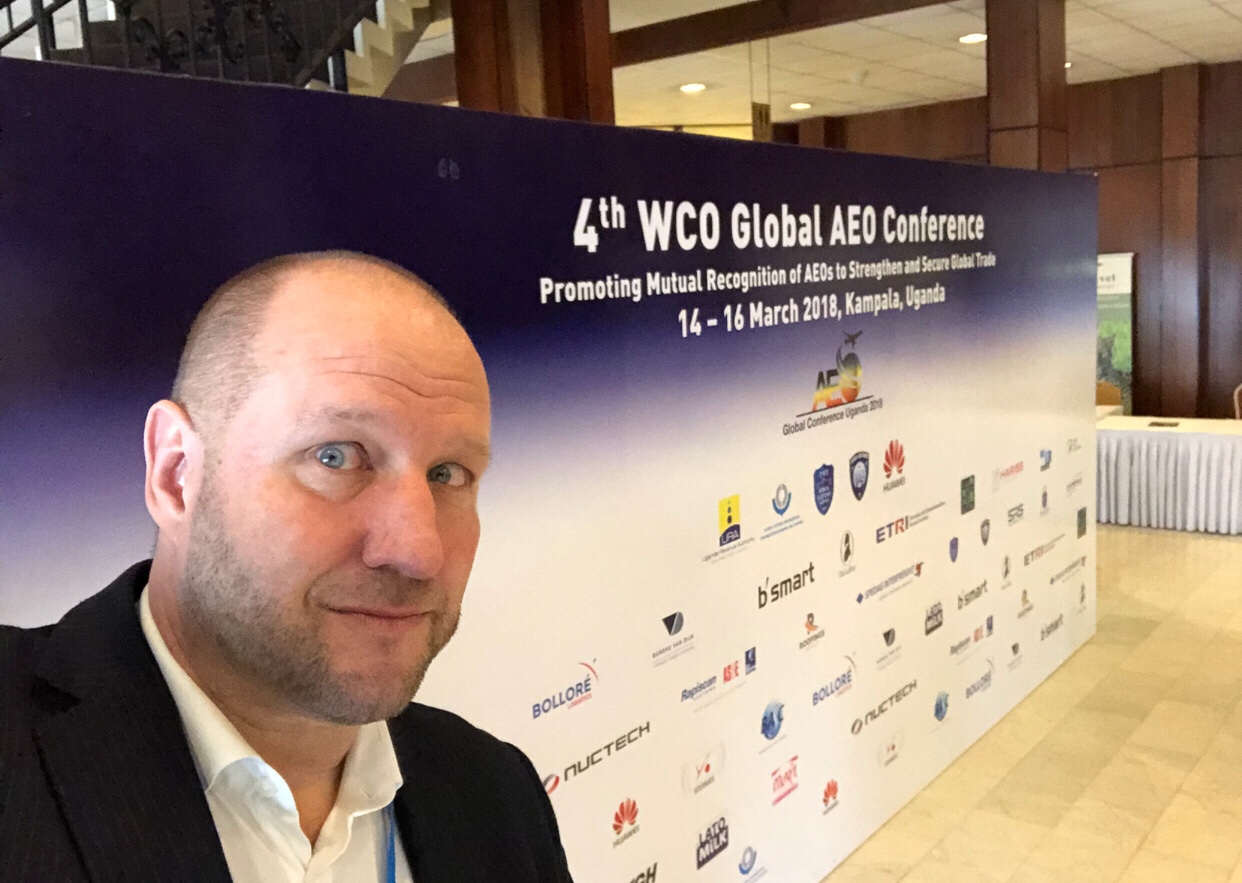
It was very emotional and amazing for me – on a personal level – to see so many distinguished experts discuss the instrument I and my team once developed in Sweden in the late 90s.
See you all in Dubai.
This morning I have an earlybird flight out of Copenhagen, towards my beloved Africa.
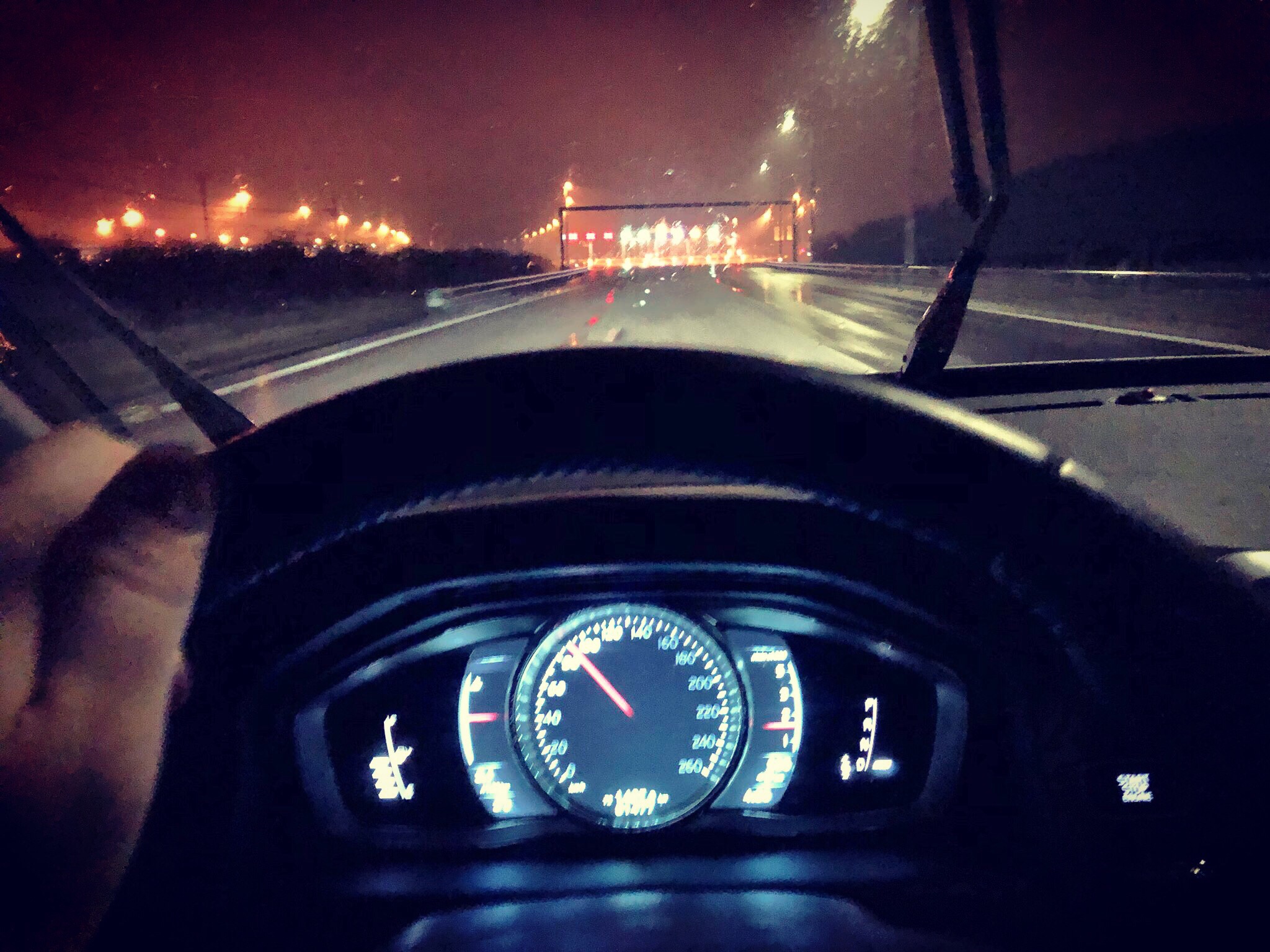
At midnight I will arrive to Entebbe. This week I will participateand speak on the 4th Global WCO AEO conference in Kampala.
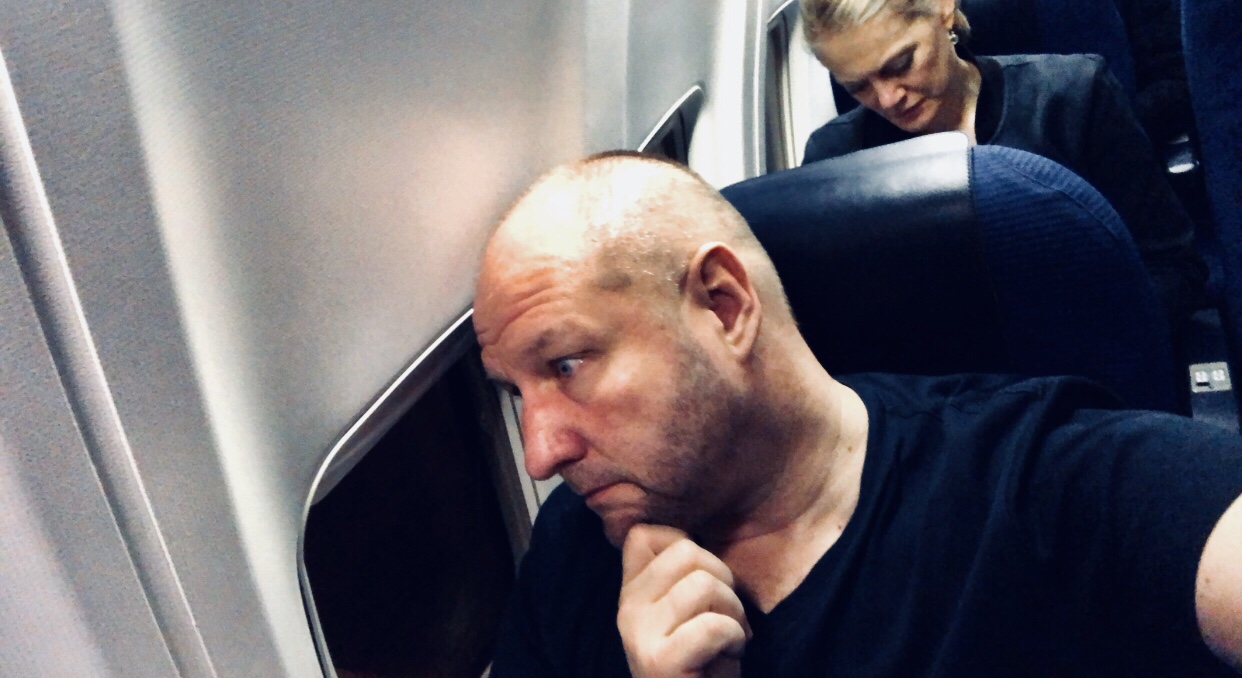
I have visited all African countries. This is the continent of the future. It will be great to get back. I love Africa.
In june last year I was commissioned by the European Parliament as academic researcher and Customs/Border Expert to write a report about potential solutions for the Northern Ireland/Ireland border, post-Brexit.
I wrote the research report, called SmartBorder 2.0, and presented it for the European Parliament in November 2017.
This has probably become the most read report I have ever written, and I have written hundreds of Customs reports in my career.
The SmartBorder 2.0 report has been quoted numerous times by officials on both sides, especially the last weeks – and I have given more than 50 interviews to media about the content of the report since the presentation of my findings.
It is important for me to underline that I am not – and I never intended to – enter the political debate on Brexit or the negotitations. There are so many others omvolved that debate.
My intention was (and still is) to explain what is possible to do today and tomorrow in regard to border processing and international customs law – based on and in line with international standards and global best practices. To gove a technical perspective, if needed at later stage.
My proposal is from that technical angle valid on Ireland, for the channel tunnel traffic, the ro-ro transports over the channel or at any other border in the world.
I am naturally aware of and respect the sensitive timing and the very sensitive environment (especially on the island of Ireland). That is primarily also why I proposed a model with minimum interaction at the border, moving necessary formalities to other parts of the supply chain process. Thus the introduction of the SmartBorder 2.0 concept.
Is it possible to design, develop and implement a SmartBorder 2.0? Yes, it is – and I say that based on my experience from 35 years as a professional, the last 20 years working in senior positions on national, regional and global level – and also having worked with reform/modernization in more than 120 countries visiting hundreds and hundreds of borders all around the world.
Now it is up to the parties involved in the Brexit talks to decide if this is a model, entirely or partly, that can be used in this context or not.
I have up to this date the last months answered a huge number of questions about my report and I have a few remaining commitments still to honor, however after that I will have to become more retrictive on my interviews, speeches and public apperances related to the report. My daily life and other professional commitments demands that.
Finally, I want here to underline a few things that has been asked:
– Is there a SmartBorder 2.0 somewhere already?
No, the SmartBorder 2.0 does not exist today in the shale that I propose, but all the elements exists and are operational in different places.
– Is the Sweden-Norway border a frictionless border?
No, the Swedish-Norway example and the U.S.-Canada example are not frictionless borders today or indeed fully operational SmartBorders that in their current shape could be implemented in UK environment, especially On Ireland (there are differencies and similarities). These border solutions were developed for other environments at another time. However they are the existing global best practices. These border solutions and platforms have the basic elements that could be upgraded and updated to a SmartBorder 2.0 solution. Again, that is why the proposed model is called 2.0.
In summary I am honored as professional to have been given a chance to provide a Customs technical perspective on current border issues. Hopefully these ideas will contribute to the best possible solution for all parties depending outcome of negotiations.
One thing everybody seem to agree on in this debate is that trade and trade facilitation is important. That makes the heart of Customs Expert warm and optimistic about the future.
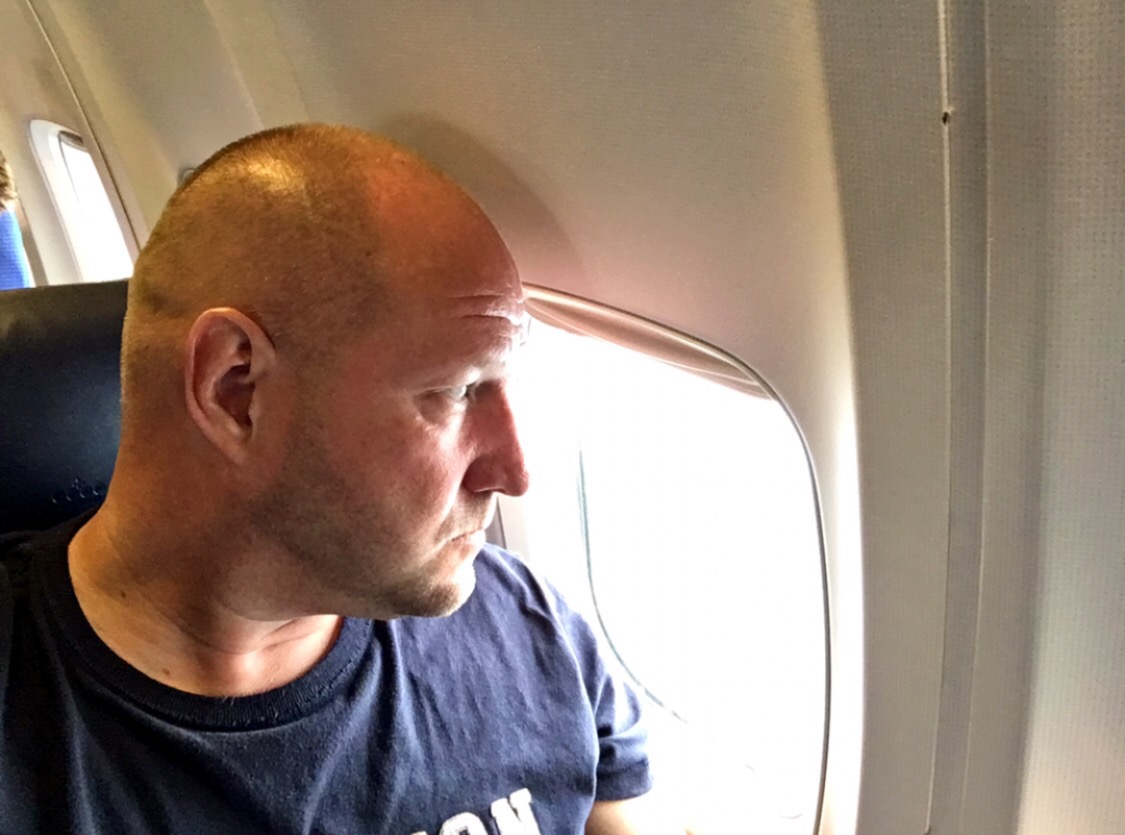
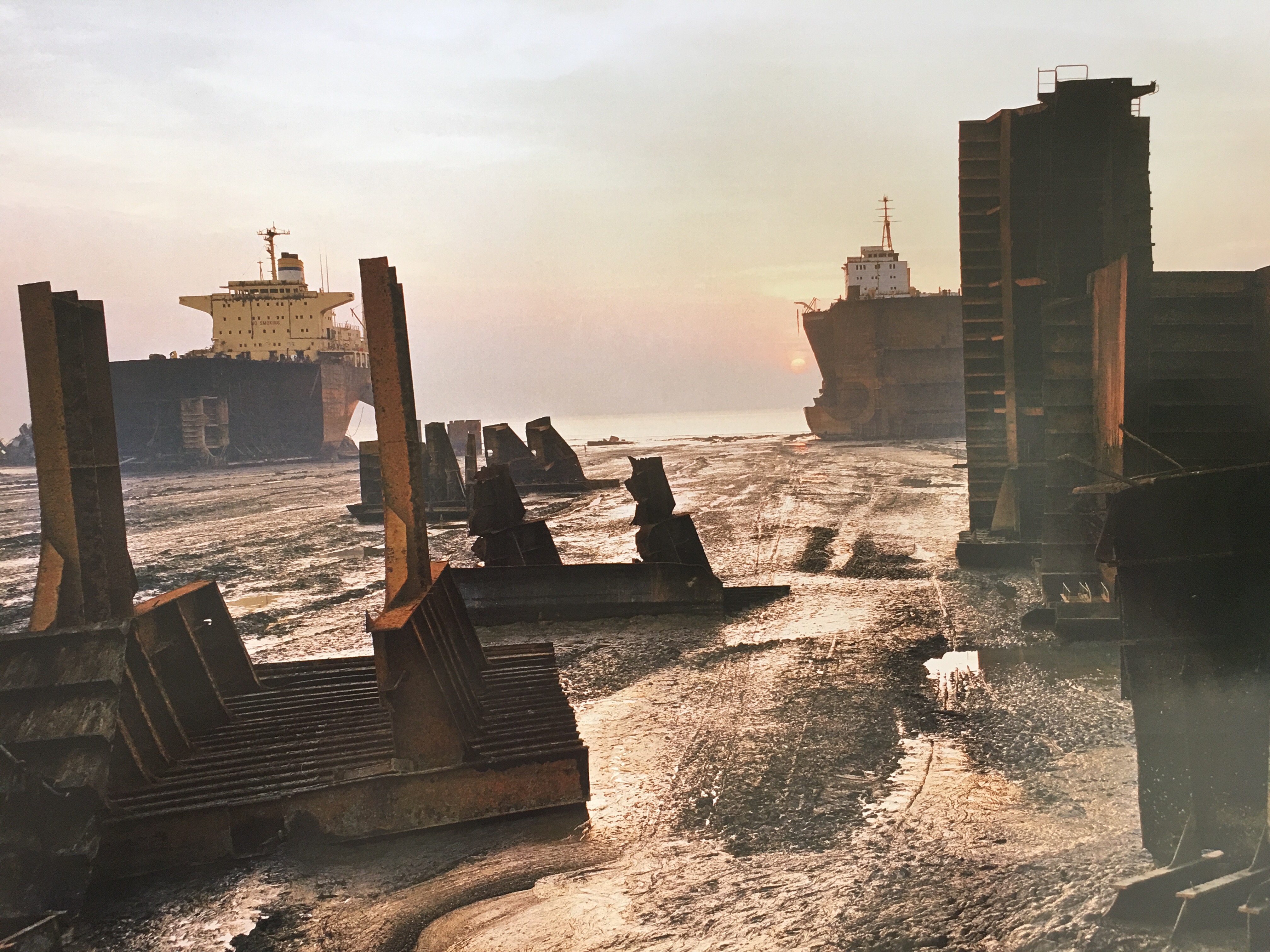
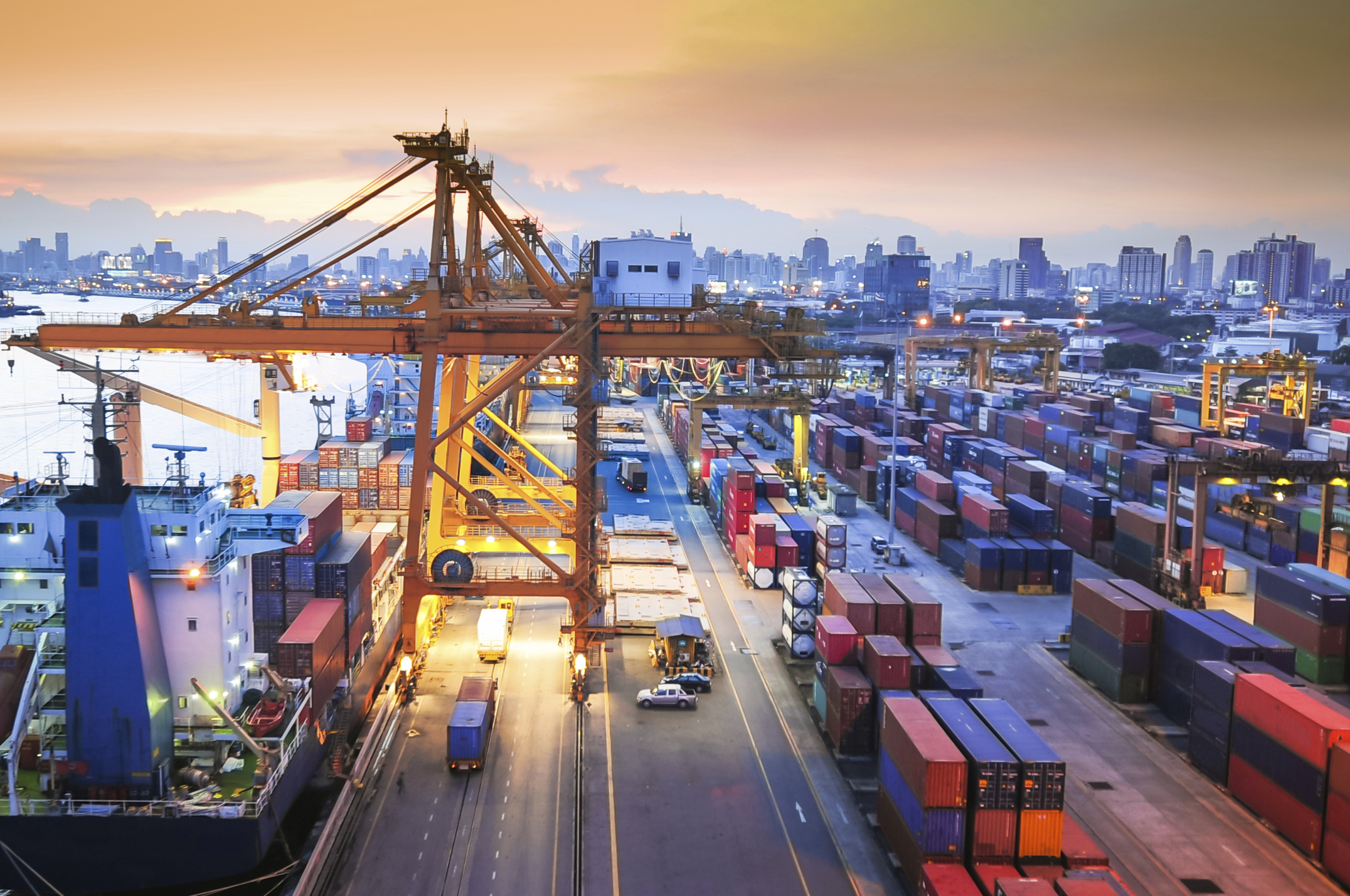

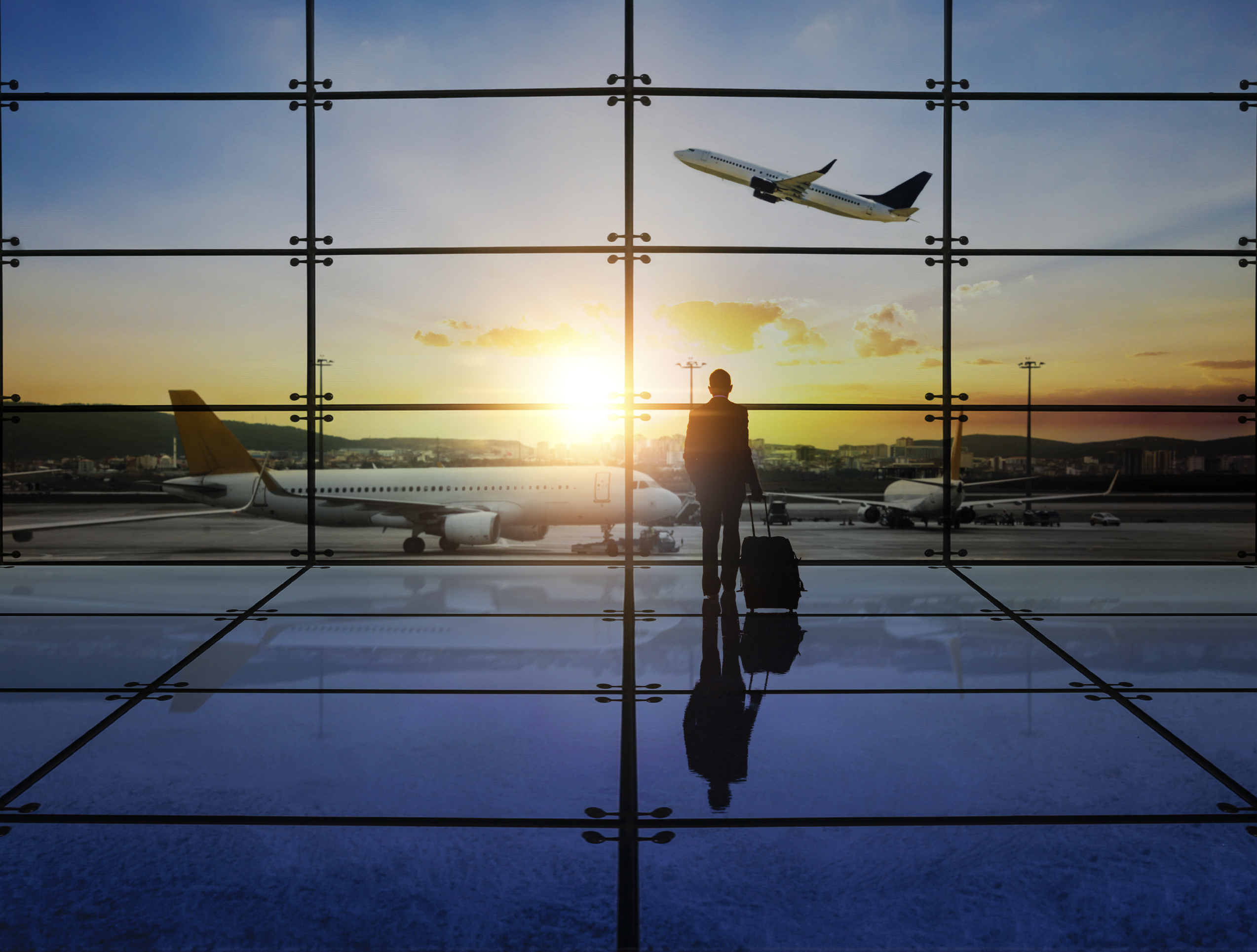

You must be logged in to post a comment.